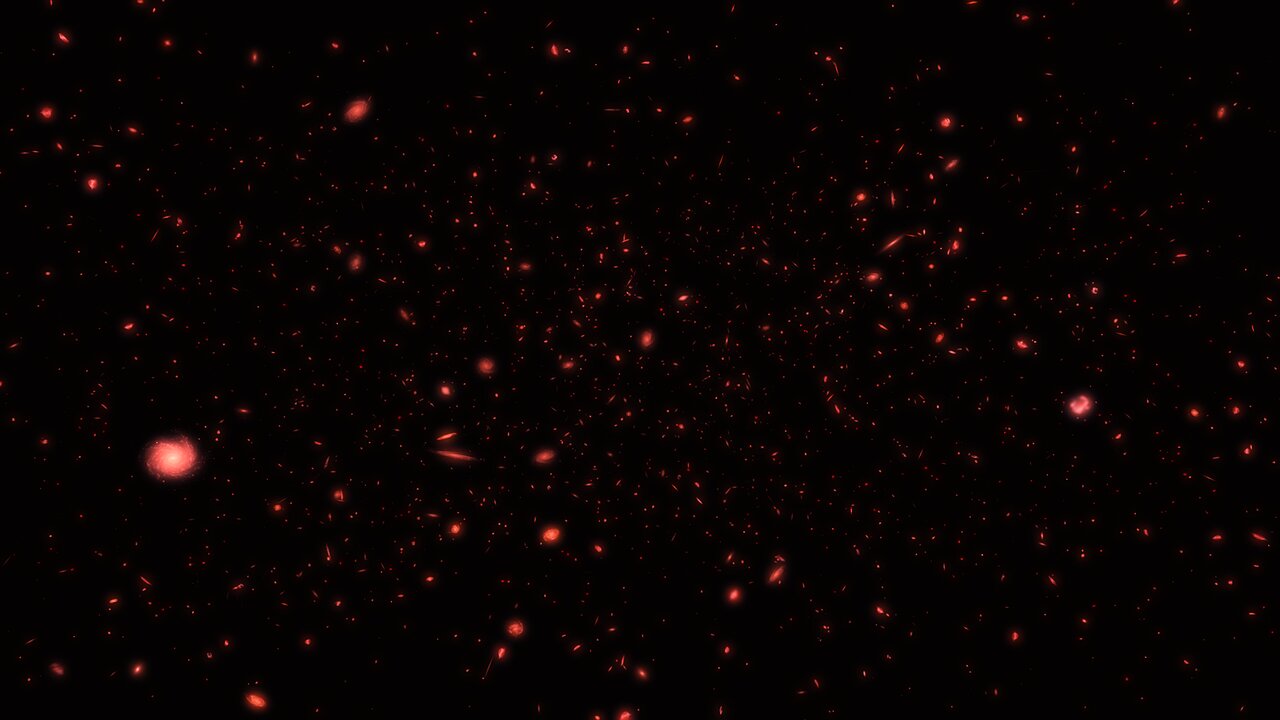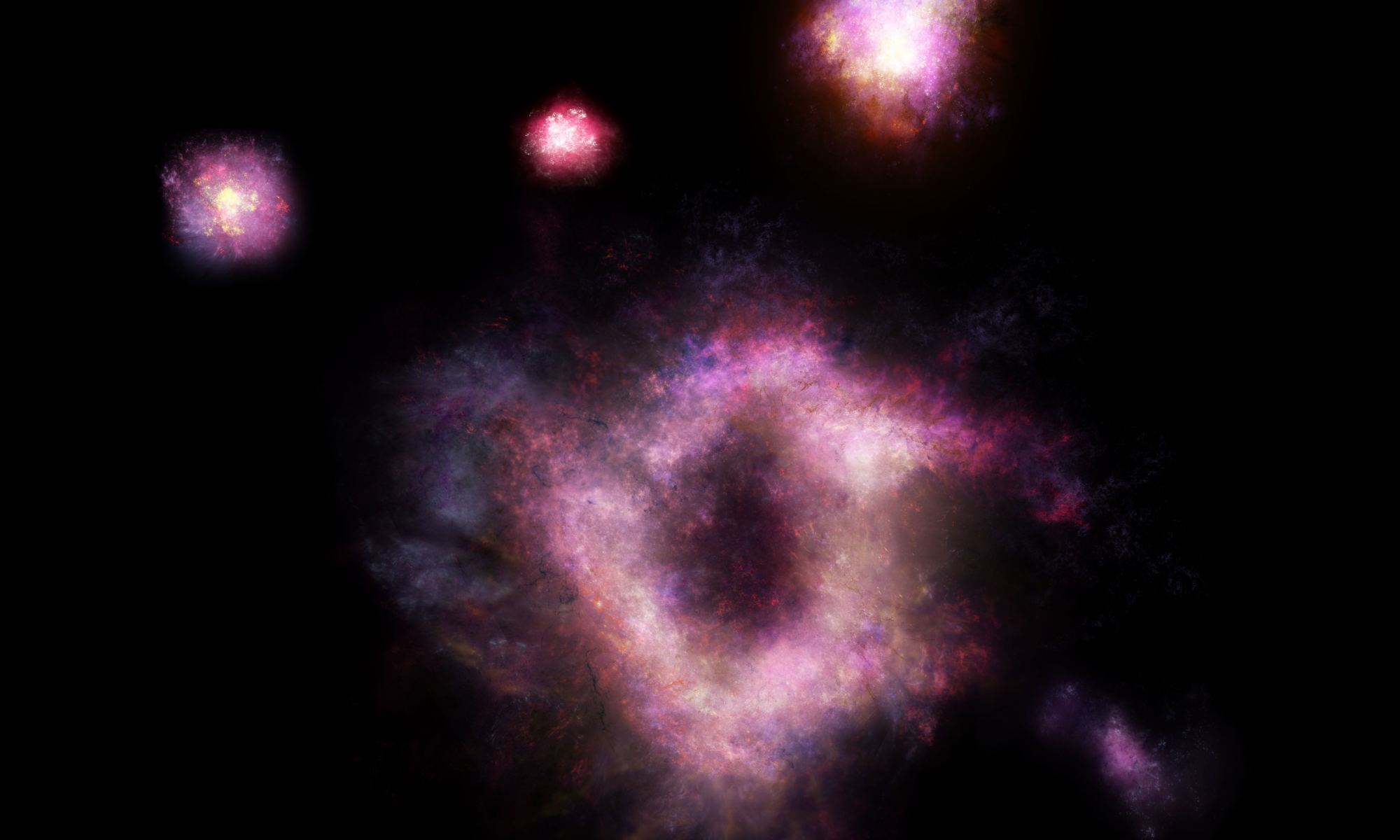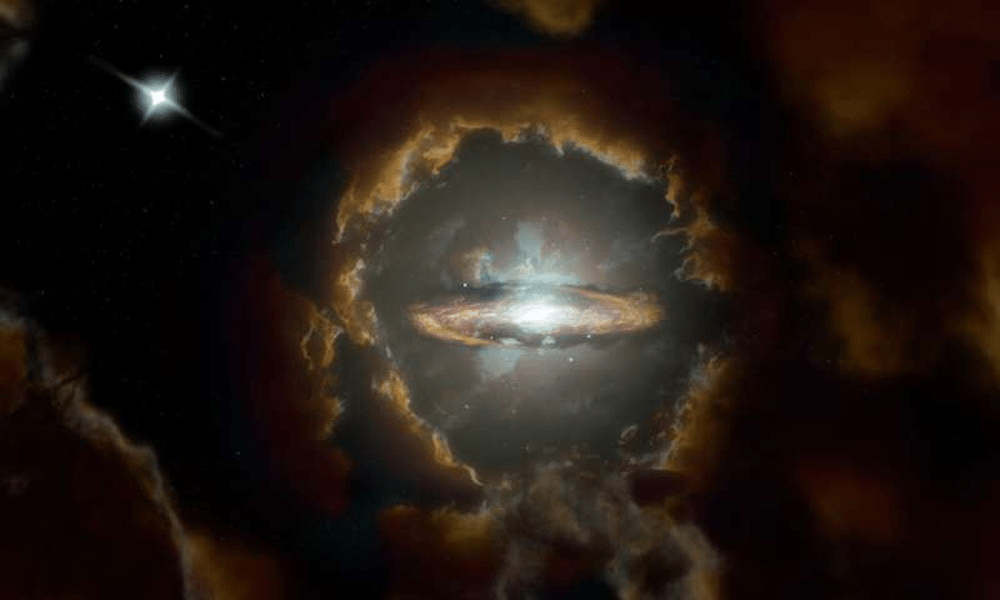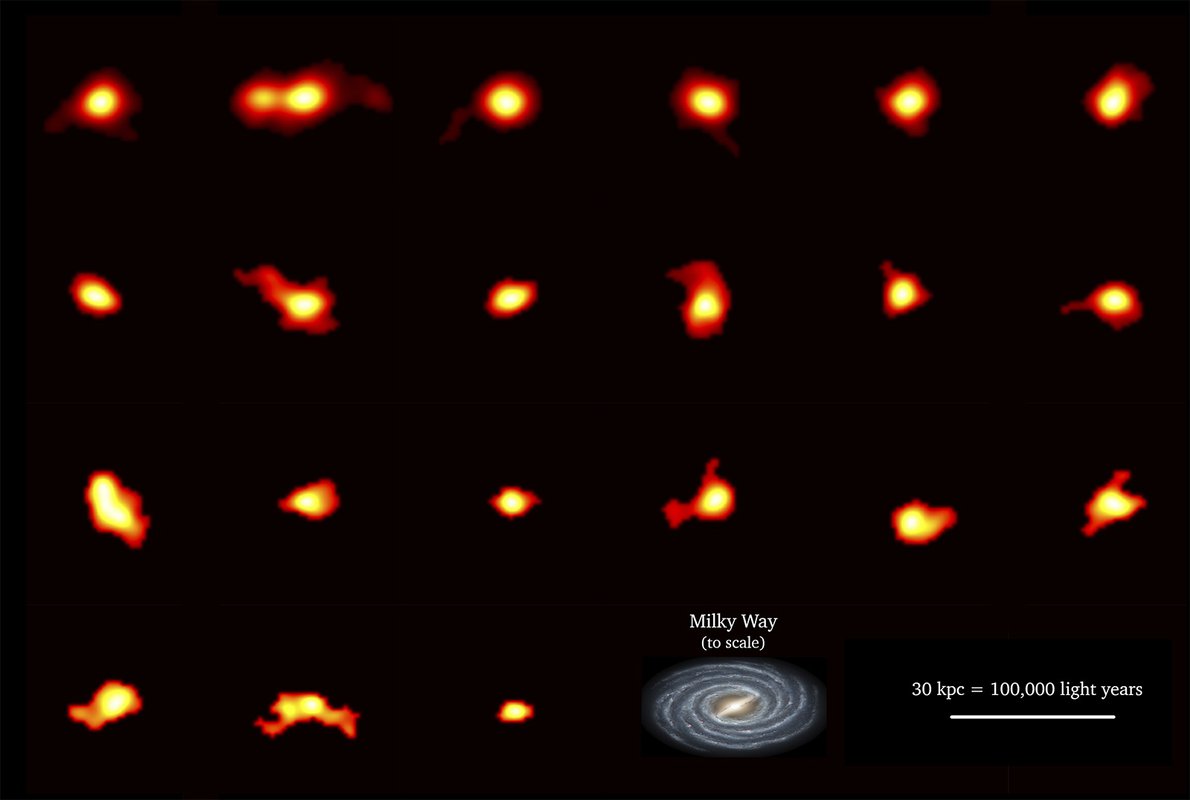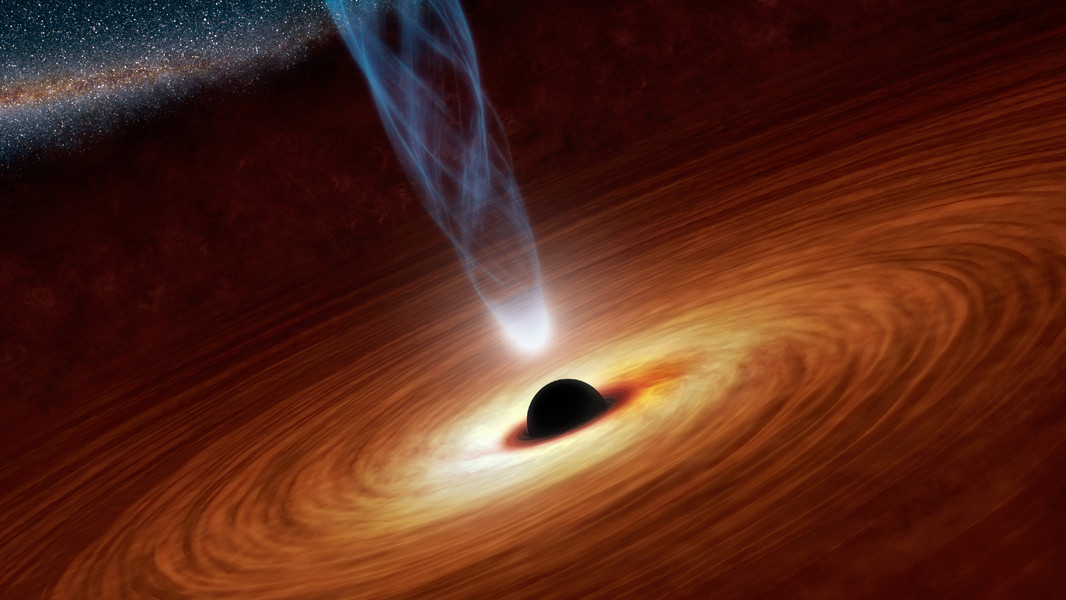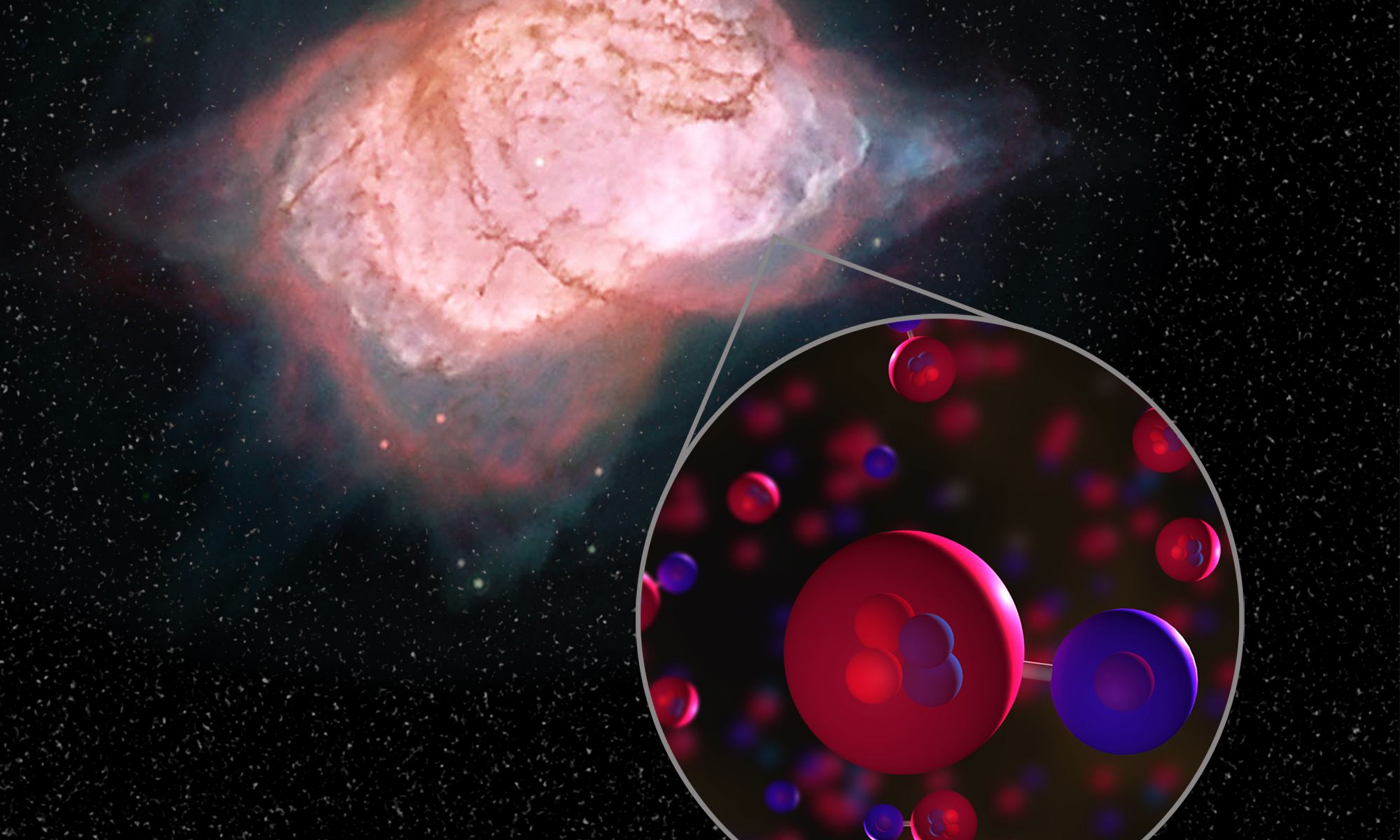About 370,000 years after the Big Bang, the Universe experienced a period that cosmologists refer to as the “Cosmic Dark Ages.” During this period, the Universe was obscured by pervasive neutral gas that obscured all visible light, making it invisible to astronomers. As the first stars and galaxies formed over the next few hundred millions of years, the radiation they emitted ionized this plasma, making the Universe transparent.
One of the biggest cosmological mysteries right now is when “cosmic reionization” began. To find out, astronomers have been looking deeper into the cosmos (and farther back in time) to spot the first visible galaxies. Thanks to new research by a team of astronomers from University College London (UCL), a luminous galaxy has been observed that was reionizing the intergalactic medium 13 billion years ago.
Continue reading “A Giant Galaxy Seen Lighting Up the Universe Shortly After the Big Bang”

